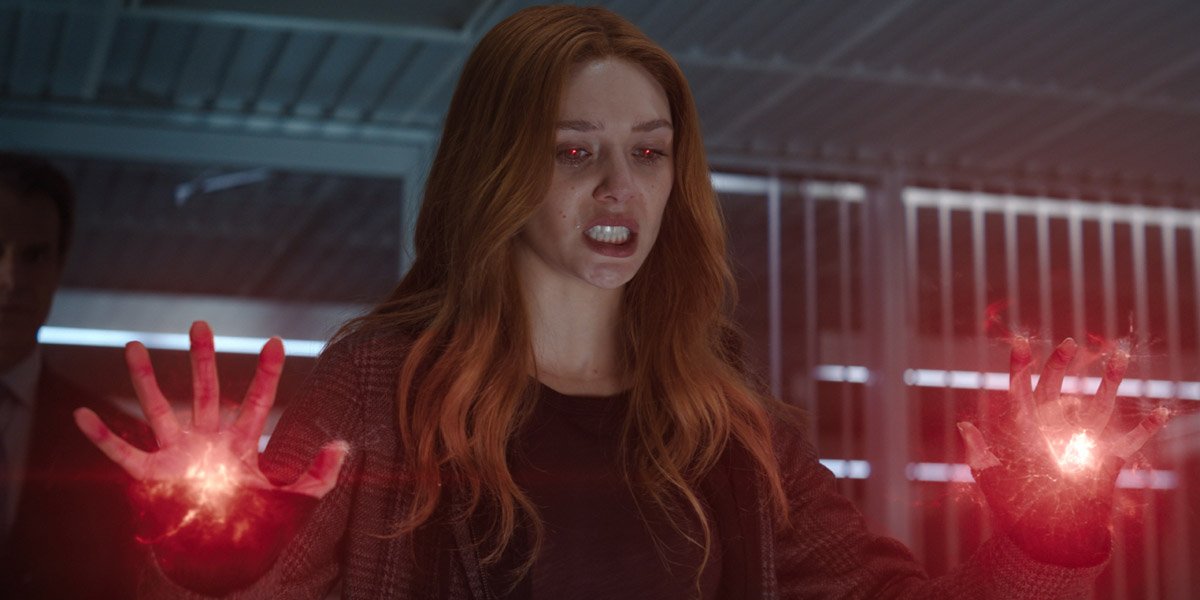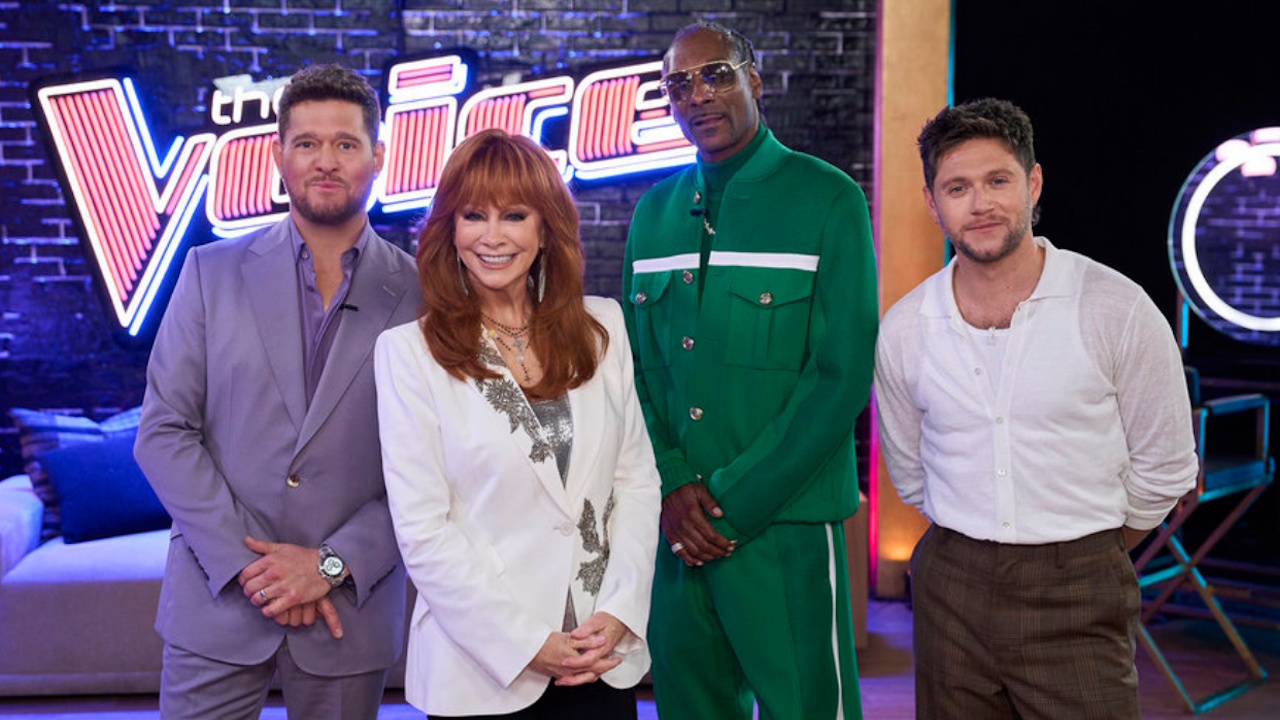WandaVision Filmmakers Clarify The Marvel Timeline, And The Span Of The Westview Anomaly May Surprise You

Tracking the timeline of the Marvel Cinematic Universe has always been a rather tricky task, but WandaVision certainly did its part to kick things up a notch and make things even more complicated. More than just keeping vague about key dates in exposition, there is also clearly time wonkiness involved in Scarlet Witch’s hex – as demonstrated by the fact that the show occasionally cuts from afternoon inside the walls to evening in the S.W.O.R.D. camp. As a result, it’s a bit tricky to watch the Disney+ original and perfectly gauge how long the “Westview Anomaly” lasts… which is why we decided to try and get a straight answer from the filmmakers who brought it to life. And it turns out that the answer is “about a week.”
I spoke with WandaVision head writer Jac Schaeffer and director Matt Shakman this week during a post-finale virtual press day for the Marvel series, and in addition to covering subjects including White Vision and connections to upcoming movies, I also asked them to clear up the timeline and discuss the process of tracking it while writing and during production. Talking first with Schaeffer, she acknowledged that the reverse of “The Blip” (a.k.a. Hulk using the Nano Gauntlet to reverse Thanos’ Infinity Gauntlet snap) was a kind of anchor establishing setting for the show, and then confirmed that there are about seven days that transpire from when Wanda Maximoff first opens the hex to when she closes it. She explained,
Part of the reason we used The Blip was to tie it to a moment in the MCU, to have that be very clear for the audience. And then as far as like how long the Westview anomaly lasts, that got a little fuzzy just because that's what happens. It's essentially about a week long, which is hard to track because you don't see all the days and nights of the exterior and the interior of the hex obviously is constantly shifting. It's about a week's time.
It’s in episode four of WandaVision (titled “We Interrupt This Program”) that audiences are first given a sense of the timing of the show, as we see Monica Rambeau un-blip in the cold open. Three weeks after that (as revealed in dialogue) she shows up at S.W.O.R.D. headquarters in Florida for an assignment, and immediately after that she heads up to New Jersey to assist FBI Agent Jimmy Woo with his bizarre missing witness case. It’s never specifically said on the show how long Wanda was operating the hex before Monica showed up, and it’s hard to keep track of the passing days cutting between Westview and the S.W.O.R.D. camp, but evidently the whole ordeal doesn’t take a great deal of time to resolve.
As for the practicality of messing with time, Matt Shakman spoke about how it both adds an extra layer of weird to the whole show, and how it proves useful for the fiction that Wanda tries to present throughout the narrative. Using a specific example from the finale, Scarlet Witch wants to give a proper send-off to Billy, Tommy, and Vision, and day becomes evening because she wants the aesthetic of saying good night. Said the director,
We knew that we wanted to play with time. Time passes very differently inside the hex, and you can sense that the most when you're with Darcy and Jimmy watching it on TV. You see bits and pieces of episodes that you didn't see, so clearly there's content that you're missing, that she spends a little bit more time in each era than you're privileged to be able to see. We also wanted to play with time of day and you see that very clearly in the finale, when Wanda has basically made it nighttime in order to tuck her kids into bed for the last time and say goodbye to Vision. But that is essentially been a part of the same day outside. And then when the hex is restored, it wipes from night to day, and restores its day at the end.
Ultimately it was something that the production tried to keep track of closely, and that meant making certain calculations – such as travel time between Florida and New Jersey. Shakman continued saying that it was interesting work that oddly fit in well with the odd show that is WandaVision:
There was a lot of that that was carefully considered as we went. And we also considered timeline carefully too. How long would it take to get from Florida at S.W.O.R.D. up to New Jersey? How long would it take Monica to get in and then be expelled out? And then from that point, how long would it take for other events to happen as well? So there was a lot of math being done a lot, which is fitting for a show about science and radiation and all of that stuff.
With this information in mind, it’s interesting to consider that this means that the events of WandaVision take place between the events of Avengers: Endgame and Spider-Man: Far From Home – which is something to consider the next time you try and do an epic rewatch of the entire Marvel Cinematic Universe in chronological order instead of release order.
Following its series finale last week, WandaVision is now streaming in its entirety on Disney+.
Your Daily Blend of Entertainment News

Eric Eisenberg is the Assistant Managing Editor at CinemaBlend. After graduating Boston University and earning a bachelor’s degree in journalism, he took a part-time job as a staff writer for CinemaBlend, and after six months was offered the opportunity to move to Los Angeles and take on a newly created West Coast Editor position. Over a decade later, he's continuing to advance his interests and expertise. In addition to conducting filmmaker interviews and contributing to the news and feature content of the site, Eric also oversees the Movie Reviews section, writes the the weekend box office report (published Sundays), and is the site's resident Stephen King expert. He has two King-related columns.
